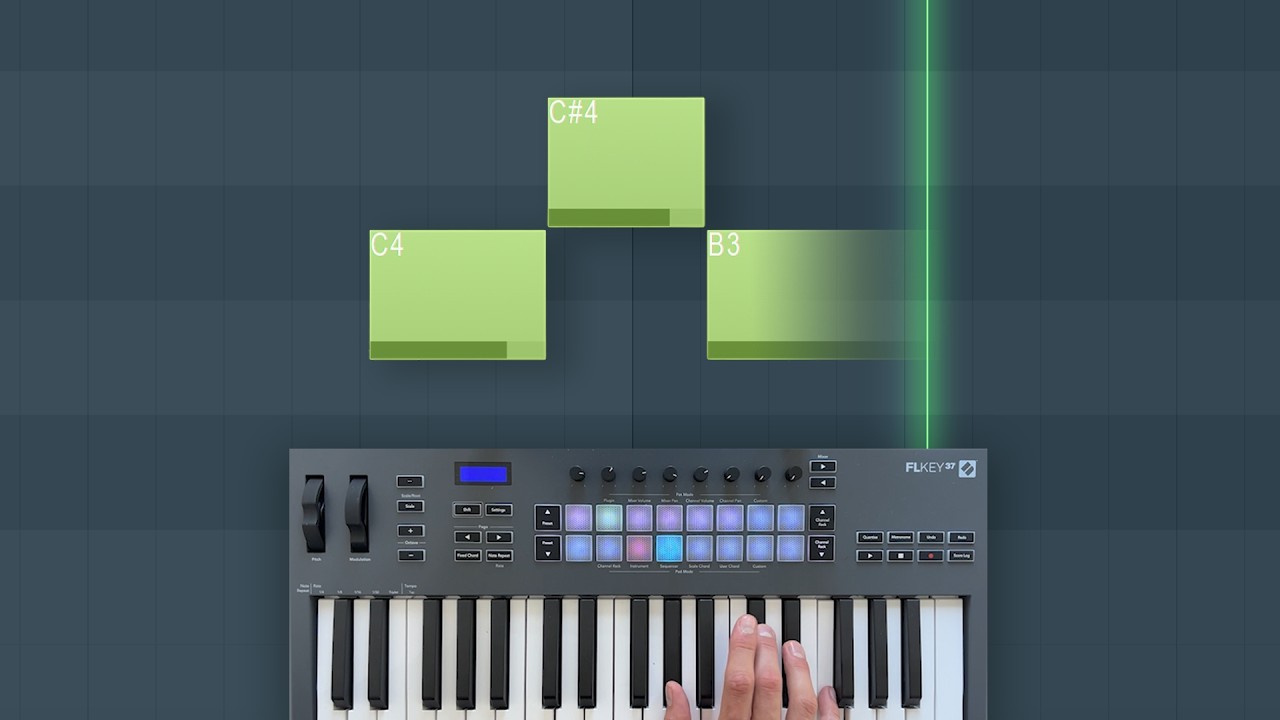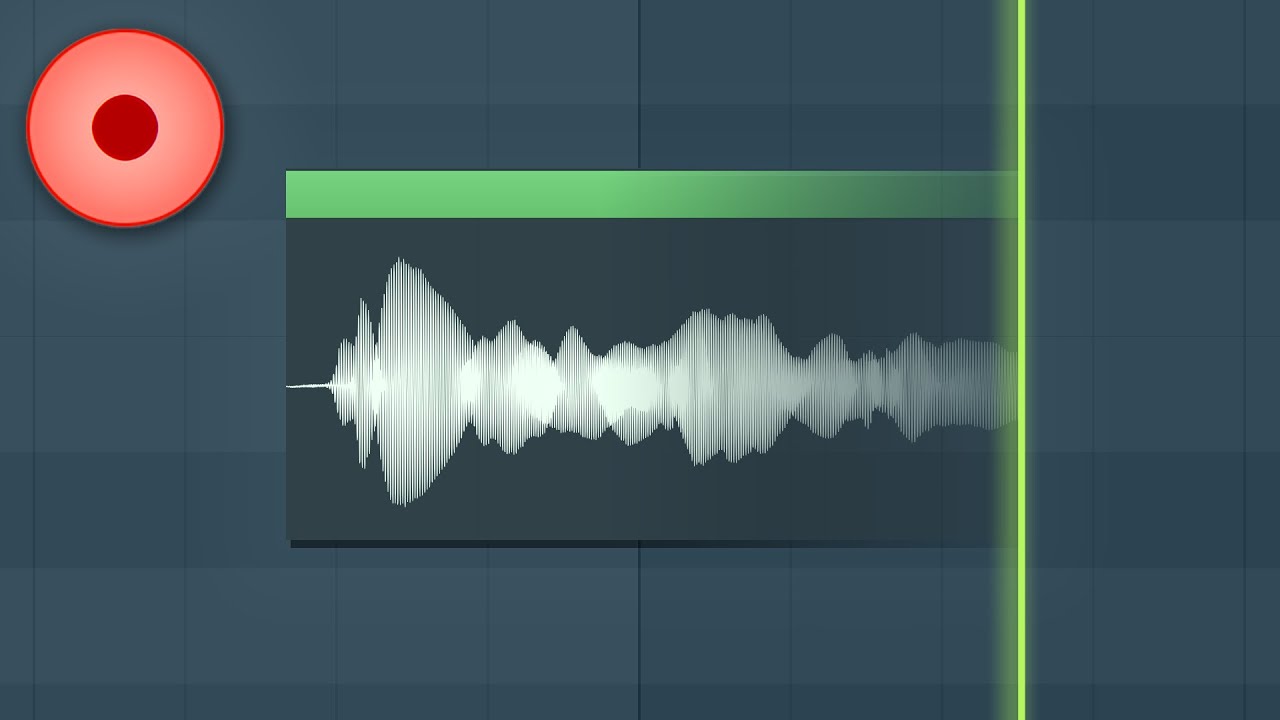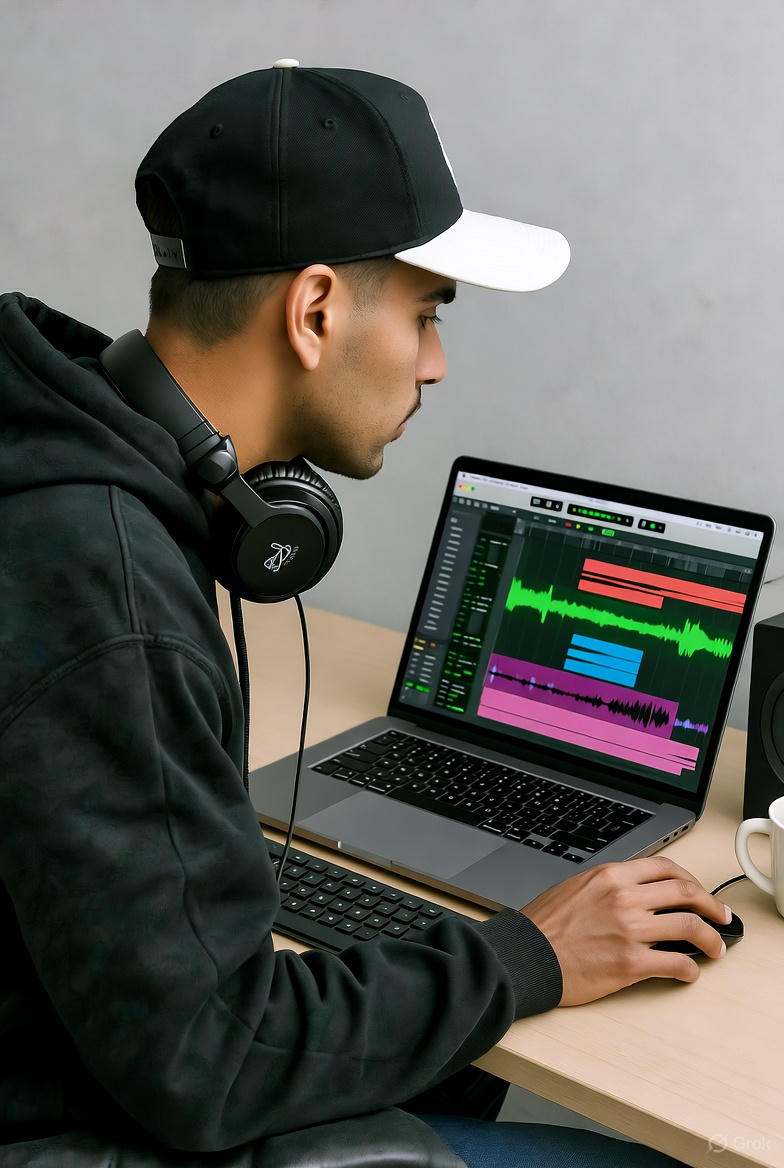!Let Us HELP YOU!
We have a lot of curated content on this blog.
Take this simple 20 second Quiz to Help You
Find The Exact Content You Are Looking For!
Sound design shapes the atmosphere of movies, music, and games more than most people realize. Nearly 90 percent of the emotional cues in a film scene come from audio elements, not just visuals. Surprised? Many new creators rush straight to plugins and presets, thinking high-tech tools will do the heavy lifting. The real secret is a sharp creative purpose and thoughtful choices right from the start—and most beginners miss this entirely.
Table of Contents
- Define Your Purpose And Goals
- Choose The Right Software And Tools
- Select Quality Samples And Sounds
- Understand Basic Sound Characteristics
- Layer Sounds For Richness And Depth
- Experiment With Effects And Processing
- Finalize Your Mix And Master Your Track
Quick Summary
| Takeaway | Explanation |
|---|---|
| Define your purpose clearly | Establish emotional and contextual goals to guide your sound design project effectively. |
| Choose the right tools and software | Select DAWs and plugins that suit your specific needs and enhance your workflow. |
| Use high-quality samples | Curate distinctive and well-recorded audio samples to elevate your sound design quality. |
| Master sound characteristics | Understand frequency, amplitude, timbre, and duration to control sound elements precisely. |
| Finalize with professional mastering | Ensure consistent volume and clarity across playback formats with a polished master track. |
1: Define Your Purpose and Goals
Sound design isn’t just about creating random audio effects. It’s a strategic process that requires clear intention and specific objectives. When you approach your sound design project, you need to establish a precise framework that guides your creative journey.
Start by asking yourself fundamental questions about your sonic goals. What emotional response do you want to evoke? Are you designing for a film score, video game soundtrack, music track, or commercial advertisement? Each context demands a unique sound design approach.
The purpose of your sound design will dramatically influence your technical and creative decisions. For instance, designing sound for a horror film requires vastly different techniques compared to crafting beats for a pop music track.
Key considerations for defining your sound design purpose include:
- Emotional Impact: What feelings should your sounds trigger?
- Contextual Requirements: What specific environment or medium are you designing for?
- Technical Constraints: What equipment and software will you be using?
According to MIT’s Composition Course, developing strong listening skills is fundamental in translating auditory imagination into clear sonic instructions. This means being intentional about every sound you create.
Your sound design checklist should start with a crystal clear understanding of your project’s core purpose. Without this foundational step, your work risks becoming unfocused and disconnected. Think of your purpose as the north star guiding every creative decision you’ll make throughout the sound design process.
2: Choose the Right Software and Tools
Selecting the appropriate software and tools is a critical foundation for successful sound design. Your digital audio workstation (DAW) and plugins will become your primary creative instruments, so choosing wisely can make or break your production workflow.
Your sound design toolkit should be comprehensive yet tailored to your specific needs. Different genres and projects demand unique audio processing capabilities. A hip hop beat maker might require different tools compared to a film score composer.
Consider the following essential factors when selecting your sound design software:
- Compatibility: Ensure the software works with your existing hardware
- User Interface: Choose a platform that feels intuitive and matches your workflow
- Processing Power: Verify your computer can handle the software’s requirements
Professional sound designers recommend investing in versatile tools that offer robust audio manipulation features. Learn more about essential audio gear setup to complement your software choices.
Key software capabilities you should evaluate include:
- Multitrack recording functionality
- Advanced audio processing plugins
- MIDI integration capabilities
- Flexible routing and signal path options
According to research from the University of Edinburgh, successful sound design requires not just technical tools but creative approaches to using existing technologies.
Remember that no single software solution fits all scenarios. Experiment with different DAWs and plugins, take advantage of free trials, and find the combination that unleashes your creative potential. Your sound design checklist should prioritize flexibility, quality, and personal comfort with the tools you select.
WEBSITE RESOURCES FOR MUSICIANS
3: Select Quality Samples and Sounds
Choosing high-quality samples and sounds is like selecting the perfect ingredients for a gourmet meal. Your sonic palette determines the ultimate flavor and character of your music production. Not all samples are created equal, and understanding how to curate exceptional audio elements can elevate your sound design from ordinary to extraordinary.
The world of sample selection is nuanced and requires a discerning ear. Professional producers understand that unique, well-recorded samples can transform an average track into something remarkable. This means going beyond generic sound libraries and hunting for distinctive, character-rich audio elements.
Key considerations when selecting samples include:
- Clarity and Recording Quality: Pristine audio without unwanted noise
- Originality: Samples that sound fresh and unique
- Versatility: Sounds that can be manipulated and transformed
Dive into advanced sampling techniques to understand how professional producers select and process their sounds. Your samples should serve as a powerful foundation for creative sound design.
Consider these additional critical aspects:
- Matching sample tonality with your project’s overall sonic landscape
- Understanding frequency ranges and how samples interact
- Ensuring legal rights and proper sample clearance
Remember that great sound design is about creativity and precision. Some producers spend hours finding the perfect five-second sample that becomes the cornerstone of an entire track. Your patience in sample selection will directly translate into the quality of your final production.
A professional sound design checklist prioritizes both technical excellence and creative potential in sample selection. Listen critically, experiment boldly, and never settle for mediocre sounds.
4: Understand Basic Sound Characteristics
Comprehending the fundamental characteristics of sound is crucial for creating sophisticated audio designs. Sound is a complex phenomenon that goes far beyond simple volume and pitch. Professional sound designers understand how to manipulate and control each sonic element with precision.
The primary characteristics of sound include frequency, amplitude, timbre, and duration. Frequency determines pitch – how high or low a sound appears. Amplitude relates to volume or loudness. Timbre is the unique quality that distinguishes one sound from another, like the difference between a violin and a guitar playing the same note.
Key sound characteristics to master include:
- Frequency Range: Understanding low, mid, and high-frequency behaviors
- Dynamic Control: Manipulating sound intensity and volume
- Harmonic Content: Analyzing overtones and sonic complexity
Explore advanced sound mastering techniques to refine your understanding of sonic nuances. Sound design requires deep knowledge of how these characteristics interact and influence each other.
Consider these additional sonic elements:
- Phase relationships between different sound waves
- Spectral distribution of harmonics
- Transient response and attack characteristics
Professional sound designers treat sound like a sculptable material. Each characteristic can be adjusted, enhanced, or transformed to create unique auditory experiences. Your ears are your most important tool in understanding these subtle sonic qualities.
Think of sound design as a form of audio engineering where scientific principles meet creative expression. By developing a deep understanding of sound’s fundamental characteristics, you’ll unlock the ability to craft more compelling and innovative audio experiences.
5: Layer Sounds for Richness and Depth
Sound layering is the secret weapon of professional producers, transforming ordinary audio into extraordinary sonic landscapes. By strategically combining multiple sound elements, you create depth, complexity, and emotional resonance that captivates listeners.
Think of sound layering like painting with audio. Each sound acts as a different color, texture, and tone that blends to create a rich, multidimensional experience. Subtle interactions between layers can produce unexpected and exciting sonic textures that define your unique sound signature.
Key principles of effective sound layering include:
- Frequency Separation: Ensure layers occupy different sonic spaces
- Complementary Textures: Choose sounds that enhance each other
- Dynamic Balance: Maintain clarity while creating complexity
Discover advanced melodic production techniques to elevate your layering skills. Professional sound designers understand that layering isn’t about adding more sounds, but creating meaningful sonic relationships.
Consider these critical layering strategies:
- Use subtle pitch variations to create movement
- Implement micro-timing differences for organic feel
- Apply gentle modulation to prevent static sounds
Restraint is key in sound design. Not every layer needs to be loud or prominent. Sometimes the most powerful layers are barely perceptible background elements that provide subtle emotional depth.
Experiment with unconventional sound combinations. A delicate synthesizer layer might transform a percussive sound. A barely audible field recording could add unexpected character to an electronic beat. Your goal is to create a sonic ecosystem where each element supports and enhances the others.
6: Experiment with Effects and Processing
Sound processing transforms ordinary audio into extraordinary experiences. Effects are the magic wands of sound design, allowing producers to sculpt, manipulate, and reinvent sonic landscapes with unprecedented creativity. Each effect becomes a tool for sonic exploration, turning simple sounds into complex auditory journeys.
Effective sound processing requires both technical knowledge and artistic intuition. Understanding how different effects interact and complement each other is crucial for creating unique sound signatures. Reverb, delay, distortion, and modulation are not just technical tools but creative instruments waiting to be explored.
Key effects processing strategies include:
- Subtle Layering: Applying effects in minimal, strategic amounts
- Frequency Manipulation: Using EQ and filters creatively
- Dynamic Range Control: Employing compression and limiting
Unlock advanced production techniques to expand your effects processing skills. Professional producers understand that effects are not about overwhelming a sound, but revealing its hidden potential.
Consider these experimental processing approaches:
- Chain multiple effects for complex transformations
- Automate effect parameters for dynamic changes
- Use unconventional signal routing techniques
According to Encyclopedia Britannica, sound design is fundamentally about exploring new auditory possibilities. Curiosity is your greatest asset in effects processing. Don’t be afraid to break traditional rules and discover unexpected sonic territories.
Remember that every legendary track started with a producer willing to experiment. Your sound design checklist should always include space for radical, unexpected processing adventures.
7: Finalize Your Mix and Master Your Track
Mastering is the final sonic polish that transforms a good track into a professional recording. This critical stage ensures your sound design translates perfectly across different playback systems, from smartphone speakers to high-end studio monitors.
The mastering process is about achieving consistent volume, clarity, and emotional impact. It’s not just technical adjustment but the art of making your track sound cohesive and powerful. Professional mastering balances frequency ranges, controls dynamics, and adds that elusive professional sheen.
Key mastering considerations include:
- Stereo Image: Ensuring proper sound distribution
- Loudness Standards: Meeting industry-standard levels
- Frequency Balance: Creating a smooth, even sonic spectrum
Discover professional mastering techniques to elevate your final product. The goal is creating a master that sounds incredible everywhere.
Critical steps in the final mix and mastering process:
- Use reference tracks for comparison
- Apply subtle compression and limiting
- Check mix translation on multiple sound systems
According to Wikipedia’s Audio Mastering entry, mastering prepares recordings for distribution by optimizing sonic elements across all media formats. Your master represents the final artistic statement of your sound design journey.
Remember that mastering is both technical precision and creative intuition. Trust your ears, but also rely on objective measurement tools. A great master should feel like the natural culmination of all your previous sound design efforts.
Below is a comprehensive table summarizing the seven essential sound design checklist tips every producer should apply to achieve professional-quality productions.
| Checklist Step | What It Involves | Key Benefit/Outcome |
|---|---|---|
| Define Purpose and Goals | Establish the emotional, contextual, and technical objectives guiding your sound design | Ensures focus and creative direction |
| Choose the Right Software and Tools | Select a DAW and plugins that fit your needs, offer strong features, and integrate with your workflow | Enhances efficiency and flexibility |
| Select Quality Samples and Sounds | Curate distinctive, well-recorded, and versatile samples while considering clarity and legality | Elevates overall sound and creativity |
| Understand Basic Sound Characteristics | Master frequency, amplitude, timbre, and duration, plus dynamics and phase | Enables precise control over sonic elements |
| Layer Sounds for Richness and Depth | Combine complementary sonic layers with careful frequency separation and balance | Creates complex, engaging audio with emotional depth |
| Experiment with Effects and Processing | Use effects like reverb, delay, and EQ creatively, chaining and automating them for dynamic results | Transforms and personalizes your sound palette |
| Finalize Your Mix and Master Your Track | Balance, process, and polish your mix to meet professional loudness, clarity, stereo, and frequency standards | Delivers a polished, distribution-ready final product |
Elevate Your Sound Design and Beat Making Journey Now
Do you ever feel overwhelmed trying to navigate all the key steps in professional sound design—from picking the right DAW to mastering your track? If you have struggled with developing a focused workflow, finding inspiration for layering sounds, or figuring out which samples make your beats stand out, you are not alone. These are common challenges producers face, especially when moving between different genres and platforms. At its core, your creative process needs the right knowledge, tools, and expert support to truly shine.
Now is the perfect moment to take action and master every element of sound design. At How To Make Beats Blog, you will find dedicated resources that align with every tip from your sound design checklist. Whether you want to explore powerful audio equipment reviews, dive into sampling techniques in Logic Pro, or just need proven music promotion tips, everything you need to create and perfect your next track is right at your fingertips. Visit our main site now and see how you can turn your creative ideas into polished, professional music today.
Frequently Asked Questions
What are the key steps in sound design?
Sound design involves several key steps: defining your purpose and goals, choosing the right software and tools, selecting high-quality samples, understanding basic sound characteristics, layering sounds for richness, experimenting with effects and processing, and finalizing your mix and mastering your track.
How does sound layering improve audio production?
Sound layering improves audio production by adding depth and complexity to tracks. By strategically combining multiple sound elements, you create a richer, more engaging listening experience that can evoke emotional responses and enhance the overall quality of your music.
What factors should I consider when choosing sound design software?
When choosing sound design software, consider compatibility with your hardware, the user interface’s intuitiveness, the processing power required, and the available features like multitrack recording and MIDI integration. It’s also helpful to experiment with different DAWs to find one that suits your workflow.
Why is mastering important in sound design?
Mastering is important because it ensures your final track is polished, cohesive, and translates well across different playback systems. It involves optimizing volume levels, frequency balance, and stereo image to achieve a professional sound that enhances the emotional impact of your production.
Recommended
- Melodic Techno Beats Tips
- The Weeknd Beat Tutorial
- Easy Mastering Logic Pro
- How to Make Money Making Beats in 2025



